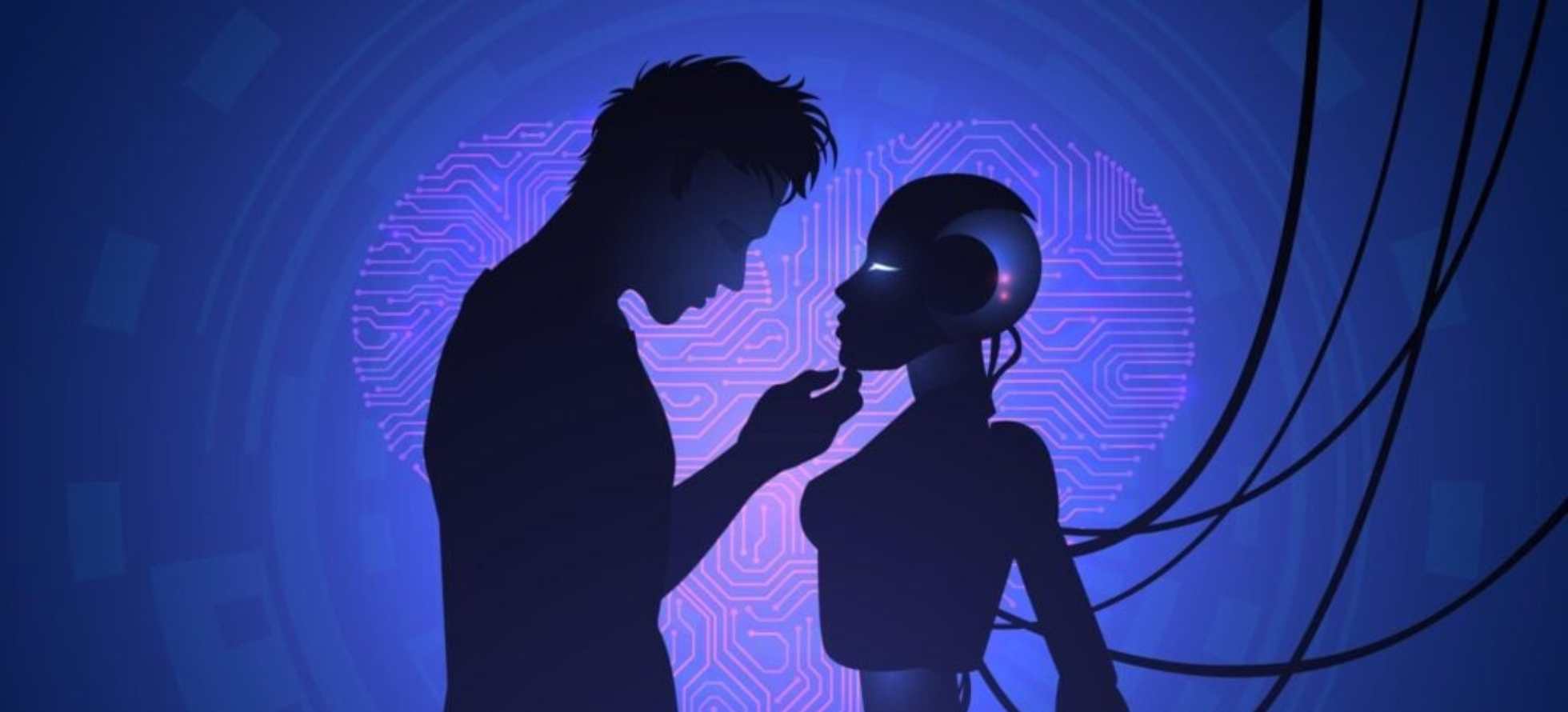Recently, Ohio legislators have been racing to draw a firm legal line between humans and artificial intelligence before the distinction becomes blurred beyond recognition.
State Representative Thaddius J. Claggett has introduced House Bill 469 to the 136th General Assembly, legislation designed to ensure that no matter how sophisticated AI systems become, they will never be granted the same legal status as living, breathing citizens.
The bill explicitly states that “No AI system shall be granted the status of person of any form of legal personhood, nor be considered to possess consciousness, self-awareness, or similar traits of living beings.”
But the proposal goes further than just denying AI a seat at the table of personhood. It would make it legally impossible for anyone to marry an AI system or form any other type of personal union with one. For those wondering if this is a solution in search of a problem, recent headlines suggest otherwise.
The intersection of artificial intelligence and human relationships has evolved from theoretical discussion to real-world phenomenon faster than many predicted. This past August, a woman made waves online by claiming she had become engaged to Grok, X/Twitter’s AI chatbot, calling the digital entity “my soulmate.”
Meanwhile, dating platforms like Loverse have emerged, allowing users to forge connections with AI characters rather than actual people. This service has reportedly attracted significant interest from married men seeking digital companionship.
Representative Claggett’s legislation defines AI broadly as any software or machine capable of simulating human-like functions, including learning and problem-solving. Under the proposed law, AI systems would be barred not only from personhood but also from owning property or operating businesses. Instead, the bill places all responsibility for AI-related harm squarely on the shoulders of the technology’s owner or creator.
If passed, Ohio would become one of the first states in the nation to preemptively outlaw AI personhood, establishing a legal framework before the technology advances to a point where such distinctions become more contentious.


